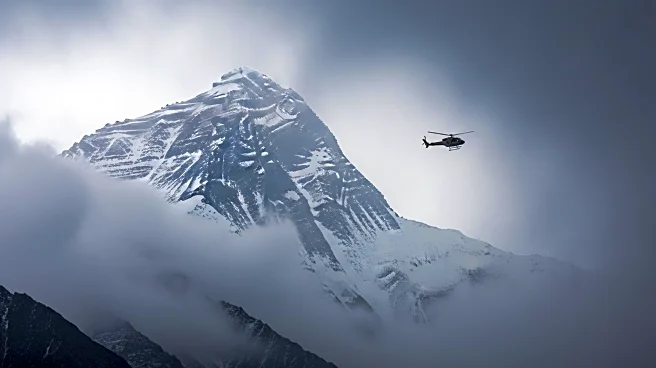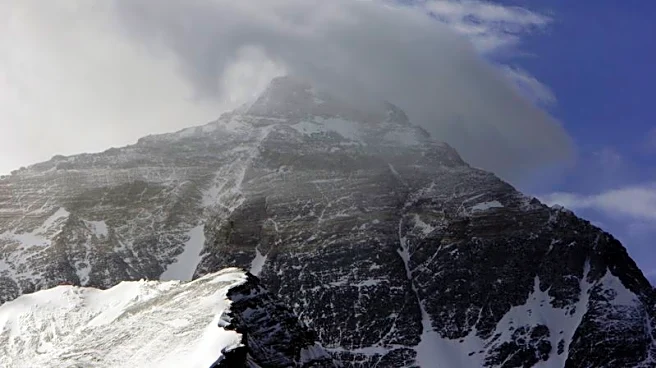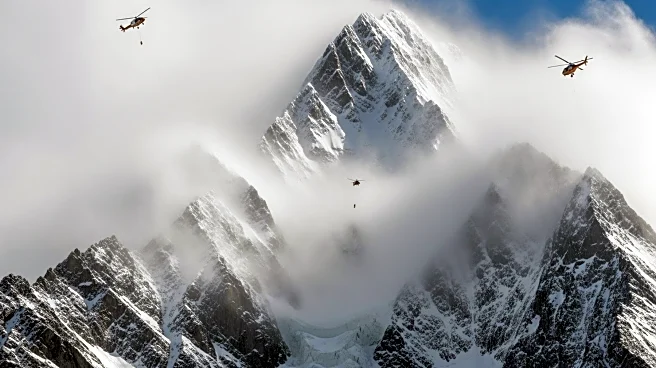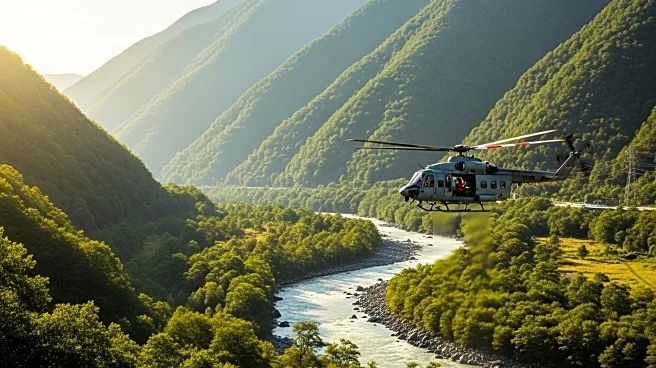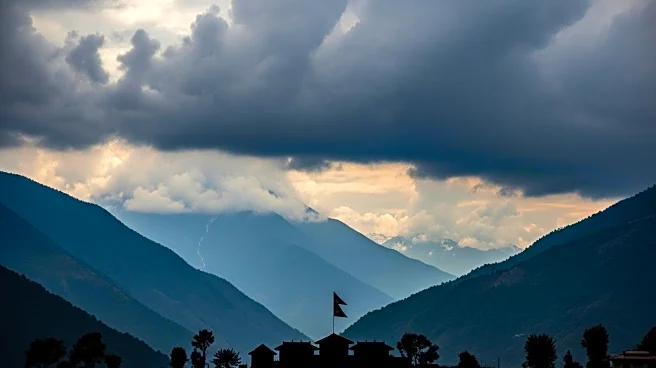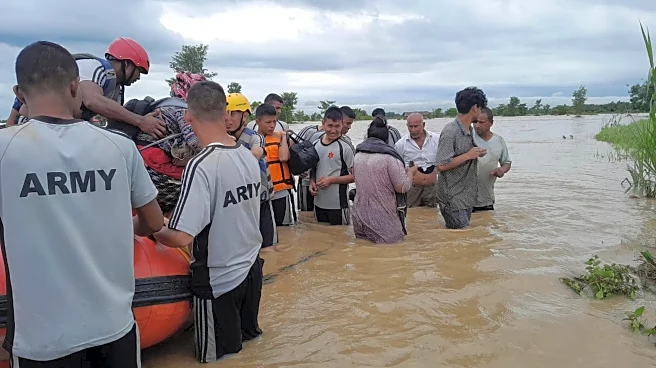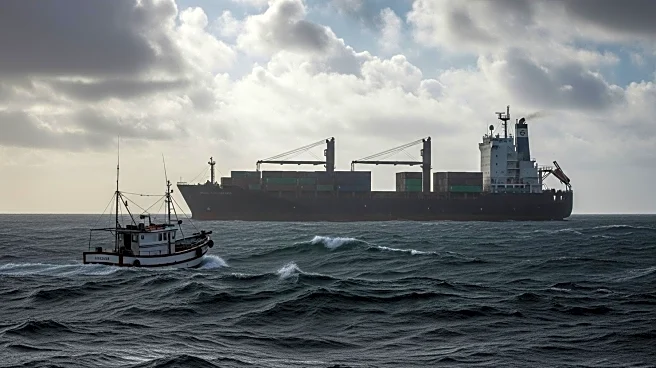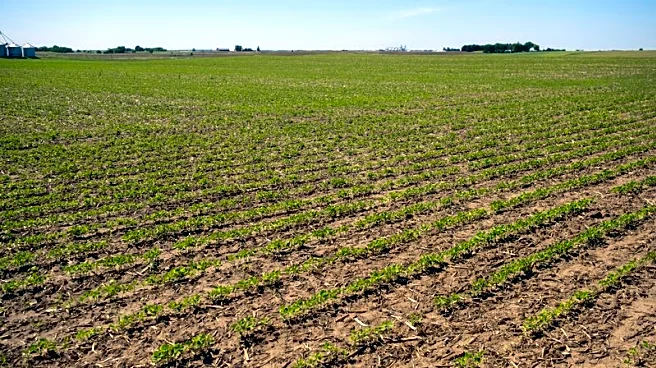What is the story about?
What's Happening?
A massive blizzard has trapped nearly 1,000 adventurers on Mount Everest, creating a dire situation as rescue teams work to reach those stranded. The storm, which began on Friday, has caused heavy snowfall, collapsing tents and leaving many climbers suffering from hypothermia. Rescue operations have managed to save approximately 350 individuals, but hundreds remain trapped. The Tingri County Tourism Company has halted ticket sales to the mountain due to the hazardous conditions. The storm has also led to landslides and flash floods in Nepal, resulting in at least 47 fatalities, and in India, where nine people have been reported missing due to floodwaters.
Why It's Important?
The severe weather on Mount Everest highlights the ongoing risks associated with high-altitude climbing, particularly in regions prone to sudden and extreme weather changes. The situation underscores the need for stringent safety measures and regulations to protect climbers. The impact of the storm extends beyond the mountain, affecting local communities in Nepal and India with deadly landslides and floods. This event may prompt a reevaluation of tourism policies and emergency preparedness in these regions, potentially influencing future regulations and safety protocols for climbers and local residents alike.
What's Next?
Rescue operations are expected to continue as teams work to reach the remaining climbers trapped on Mount Everest. The situation may lead to increased scrutiny of climbing permits and safety measures on the mountain. Local authorities in Nepal and India will likely assess the damage caused by the landslides and floods, focusing on recovery efforts and infrastructure repair. The international climbing community may also push for more comprehensive safety guidelines to prevent similar incidents in the future.
Beyond the Headlines
The incident on Mount Everest raises questions about the ethical implications of adventure tourism in high-risk areas. The balance between economic benefits from tourism and the safety of climbers and local communities is a critical consideration. Additionally, the environmental impact of increased human activity on Everest, including waste management and preservation of natural landscapes, may come under renewed focus.
AI Generated Content
Do you find this article useful?
